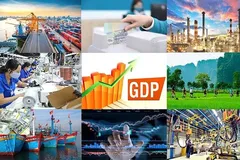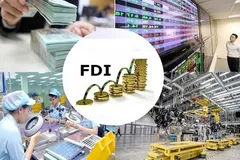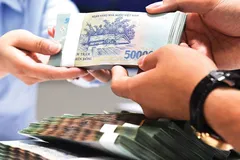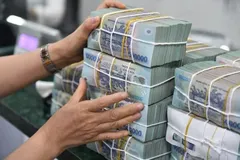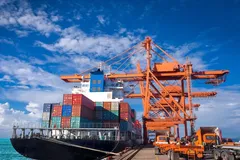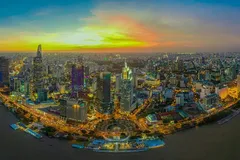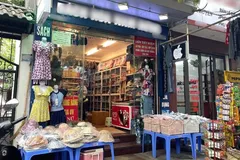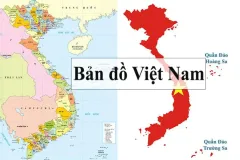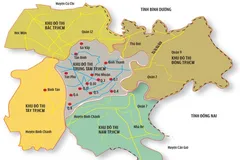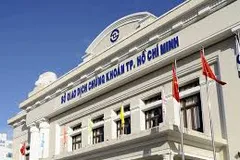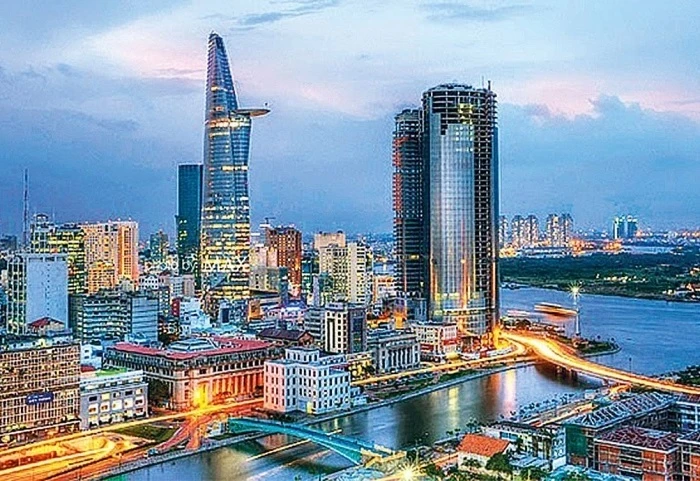
This significant improvement signals that HCMC's financial sector is on the right track, but much work still needs to be done to establish its place among the leading financial hubs globally.
A Noteworthy Rise in Ranking
HCMC's position in the GFCI has shown a steady improvement. The city has moved up from 112th in March 2023 to 108th in March 2024 and now to 98th in March 2025. However, beyond the rank itself, it's important to note the classification of HCMC within the report. According to the GFCI’s classification, financial markets are divided into three categories: “local” markets, “international” markets, and the highest level, “global” markets. Within the "local" category, HCMC is classified as an “evolving” financial center, a group that includes centers with developing financial services and infrastructure.
In 2024, HCMC was categorized as a “specialized market at the regional level,” but in the latest 2025 report, it has been upgraded to an “emerging market at the regional level,” indicating that the city’s financial services have become more diversified. However, it has not yet reached the level of a "comprehensive regional market."
This categorization reflects that while HCMC is showing potential in its competitiveness, infrastructure, and diversification of financial services, it is not yet recognized as a fully comprehensive financial market. HCMC is still in the process of developing its reputation and capabilities.
While HCMC's rise in the rankings is encouraging, the city must focus on areas of improvement to solidify its position and continue its growth. The key to moving from a "regional financial center" to an "international financial center" lies in enhancing connectivity and branding. The GFCI report assesses a center’s connectivity using two primary metrics: inbound connectivity (the number of other centers that rate the city) and outbound connectivity (the number of centers that the city's participants rate).
For a center to be considered “global,” 42% or more of its ratings must come from other centers, while a center is considered “international” if the ratings come from more than 20.5% of other centers. The more foreign investors and institutions that recognize and utilize HCMC's financial services, the higher the city's connectivity score will be. To achieve this, however, HCMC will need to loosen legal restrictions on foreign ownership, ease limitations on financial services activities, and allow greater flexibility in capital flows and fundraising.
| Time | TP.HCM | Singapore | Manila | Bangkok | Kuala Lumpur | Jakarta |
| March 2022 | 102 | 6 | 100 | 61 | 48 | 69 |
| March 2023 | 112 | 3 | 108 | 71 | 58 | 83 |
| March 2024 | 108 | 3 | 101 | 93 | 77 | 102 |
| March 2025 | 98 | 4 | 103 | 96 | 51 | 97 |
The Path Forward: Diversification vs. Specialization
Looking ahead, HCMC needs to clarify its model and development strategy for its financial center. The city’s goal should be to decide whether to prioritize diversification or specialization in the coming years. While the ultimate objective remains to build a comprehensive international financial hub, the process may require a more focused approach, either by first specializing in a few key financial services before expanding or by developing broadly and gradually deepening expertise in various sectors. A hybrid approach could also work, especially if the city can identify particular niches to develop.
HCMC's financial center should set realistic and achievable goals that are not overly ambitious. When people think of international financial centers, they often refer to established global players like London, New York, or Tokyo. Alternatively, they might consider centers in the top 15, such as Dubai, Hong Kong, or Singapore. However, HCMC is currently ranked within the "regional" category and is still behind more than 50 financial centers classified as "international," including those in Southeast Asia, such as Bangkok, Jakarta, and Kuala Lumpur.
That being said, it is entirely feasible for Vietnam to reach the level of Bangkok or Jakarta. Kuala Lumpur, currently ranked 51st globally, was once in the 70-80 range just a year ago, and Bangkok, now just two places ahead of HCMC, had once been ranked 60th. These examples show that “international” status is not too far beyond the current position of HCMC in the “regional” category.
However, if HCMC aims to join the ranks of global financial hubs like London or New York in the next few years, it could lead to errors in strategic planning due to premature ambition and misaligned goals. Strategic choices are crucial, and setting the right objectives is essential for sustained progress.
To avoid unrealistic expectations, HCMC must focus on setting achievable intermediate goals, such as achieving "international" status first before striving to become a global financial leader. A well-defined strategy would enable HCMC to gradually build a reputation as an emerging international hub, with an eye on solidifying its infrastructure, expanding services, and enhancing its international connections.
The city must work towards enhancing its international presence by attracting foreign investment and improving its legal and regulatory environment to support greater capital flows. Additionally, increasing the city's financial services' diversity and specialization will play a key role in its ascension to the next tier.
HCMC’s recent improvement in the GFCI rankings is a promising sign of its financial sector's growth potential. However, the road ahead is still long, and strategic decisions made today will determine how quickly the city can move up the ranks to become a recognized international financial center. By setting realistic goals and focusing on the right areas—connectivity, infrastructure, and service diversification—HCMC can continue to strengthen its position within the global financial ecosystem. While aiming for the stars is important, the city must not overlook the practical steps necessary to solidify its standing among the world’s leading financial hubs.




